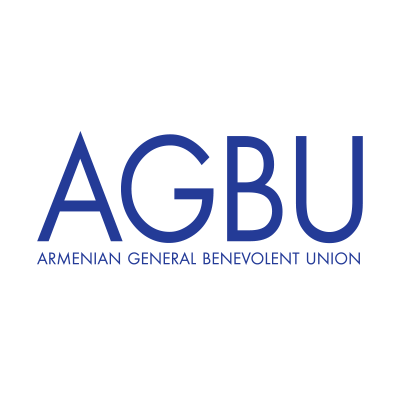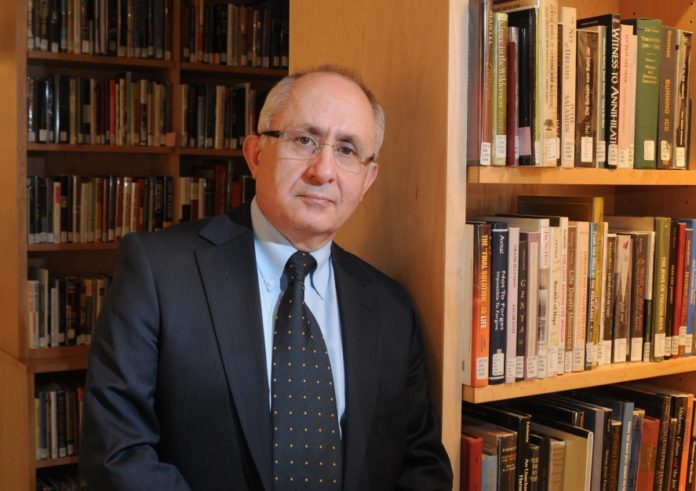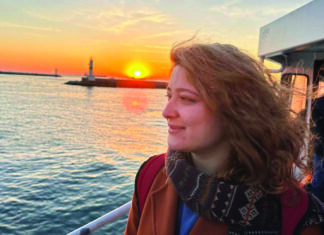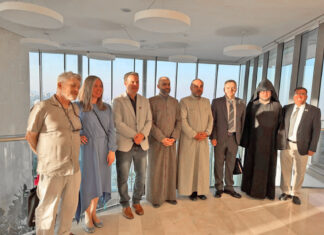Akçam Confirms Authenticity of Andonian Papers in Explosive Talk about New Book
BELMONT, Mass. — Prof. Taner Akçam delivered an explosive, exciting talk on Thursday, October 6, on his findings which quelled any doubts about the veracity of one of the premier works on the Armenian Genocide by survivor Aram Andonian.
The Andonian book, Medz Vojire (The Great Crime), came under sustained attacks by Turkish scholars and a 1983 book raised so many concerns that even most Armenian scholars were afraid to use it as a resource.
Andonian was arrested on April 24, 1915 and during his incarceration, he was sent to a concentration camp in Meskene, where he first met Naim Effendi (Bey), an officer there. He survived the camp and later met Naim again in Aleppo in 1918. At that point, Naim was sympathetic to the plight of the Armenians and gave Andonian telegrams and documents which showed how high up the chain of command the orders for the extermination of the Armenians led.
He published his book in the 1920s in France, where he moved.
Akçam’s book, The Memoir of Naim Bey and Talat Pasha Telegrams,” which had been released in Turkey just two days prior to his talk at the First Armenian Church in Belmont, takes on the naysayers. He addressed every point raised in the book by Turkish “scholars” Sinasi Orel and Sureyya Yuca, which first and most convincingly put forth the argument that the book was a fake.
One of the most important points that Akçam made was that the entire research he conducted took place at the Ankara state and military archives, a source that the Turkish government and population cannot discount.
“The Ottoman archives are one of the most important sources, I’ve always said,” he added.
Akçam said that as a matter of fact, the book was originally suggested by the Turkish authorities. “In the 1990s, Prime Minister Mesut Yilmaz said, ‘you’re a historian, work on it.’ That is my innocent defense,” much to the delight of the crowd.








